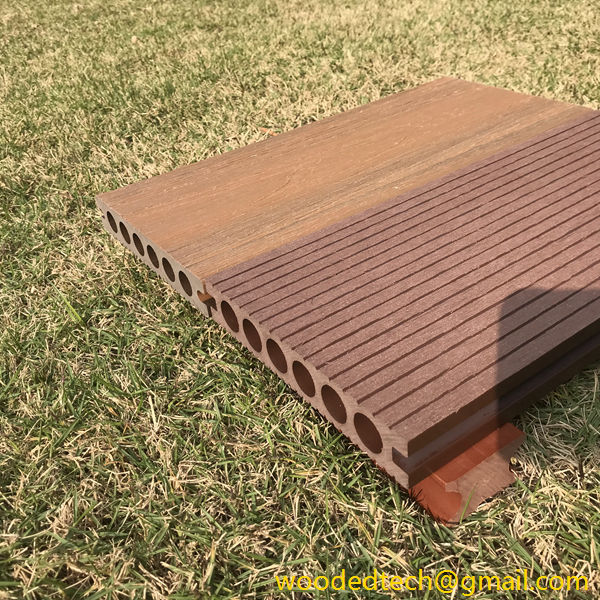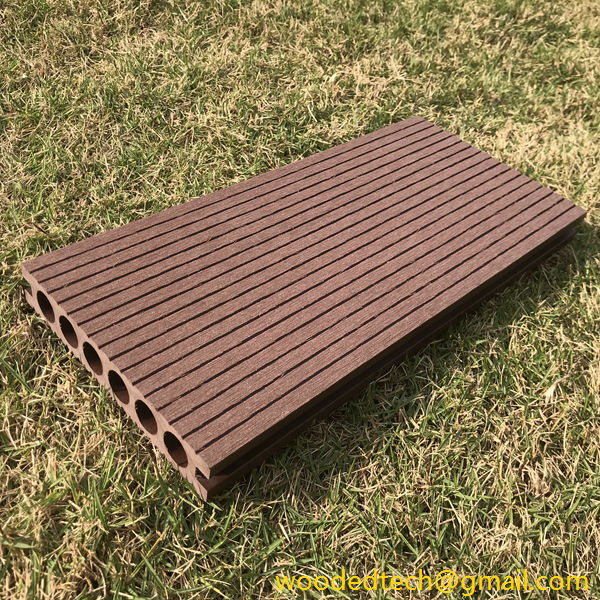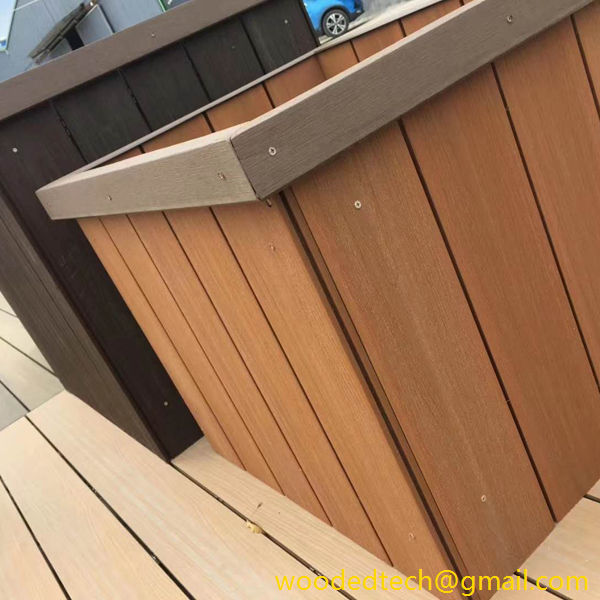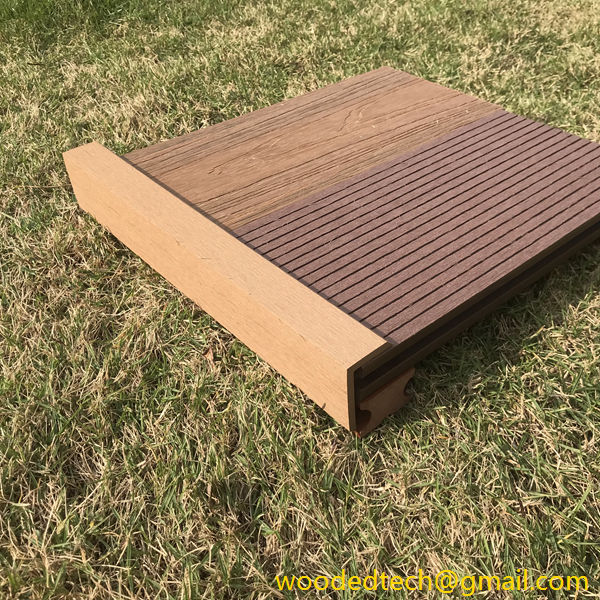Discovering the Benefits of WPC Eco Decking for Sustainable Outdoor Living Spaces
In recent years, there has been a significant shift in consumer preferences towards sustainable and eco-friendly products. This trend is particularly evident in the outdoor living industry, where homeowners are increasingly seeking materials that not only enhance the aesthetics of their outdoor spaces but also align with their environmental values. One such material that has gained considerable attention is Wood Plastic Composite, commonly known as WPC. WPC eco decking is emerging as a popular choice for sustainable outdoor living spaces, and its benefits extend far beyond its appealing appearance.
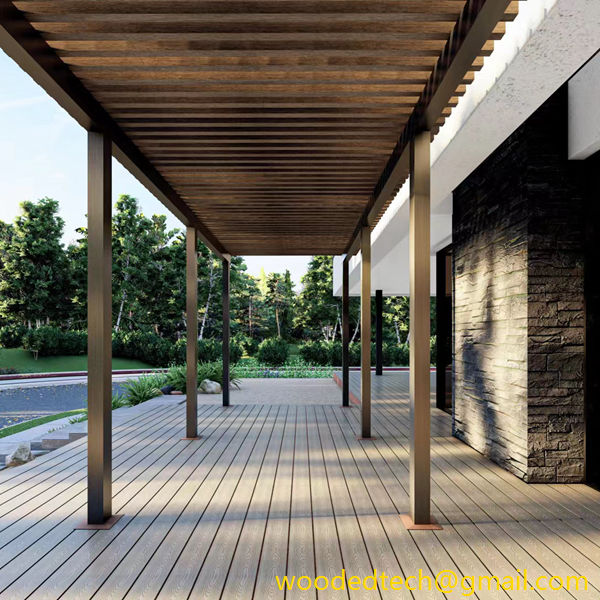
WPC is made from a combination of recycled wood fibers and plastic, which makes it an environmentally friendly alternative to traditional wood decking. This innovative material offers several advantages, making it an ideal solution for homeowners looking to create beautiful and functional outdoor areas while minimizing their ecological footprint. One of the most significant benefits of WPC eco decking is its durability. Unlike traditional wood, which can warp, splinter, or rot over time, WPC is resistant to the elements. This characteristic ensures that the decking will maintain its structural integrity and appearance for many years, reducing the need for frequent replacements and thereby lessening waste.
In addition to its durability, WPC eco decking requires minimal maintenance. Traditional wood decking often necessitates regular staining, sealing, and cleaning to keep it in good condition. In contrast, WPC requires only occasional cleaning with soap and water to remove dirt and debris. This low-maintenance aspect is particularly appealing for busy homeowners who may not have the time or resources to dedicate to extensive upkeep. By choosing WPC, homeowners can enjoy their outdoor spaces without the constant worry of maintenance, allowing them to spend more time relaxing and entertaining.
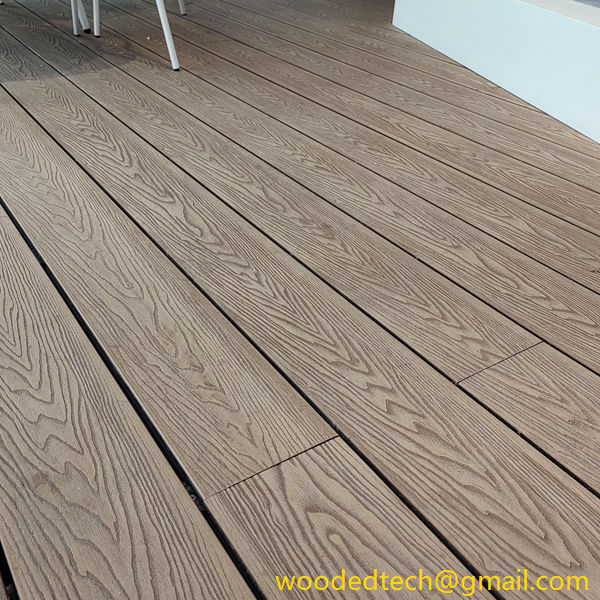
Another compelling advantage of WPC eco decking is its aesthetic versatility. Available in a wide range of colors, textures, and finishes, WPC can be tailored to suit various design preferences and architectural styles. Whether a homeowner desires a modern, sleek look or a more traditional appearance, WPC can accommodate these preferences effortlessly. This versatility means that WPC can enhance the overall beauty of outdoor living spaces, making them more inviting and enjoyable for family and friends.
From a sustainability perspective, the use of recycled materials in WPC production significantly reduces the demand for virgin resources. By incorporating wood fibers and plastic waste, WPC helps mitigate the impact of deforestation and plastic pollution. Homeowners who choose WPC eco decking are not only making a stylish choice for their outdoor spaces but are also contributing to a more sustainable future. This alignment with eco-friendly values is increasingly important for consumers, particularly millennials and Gen Z, who prioritize sustainability in their purchasing decisions.
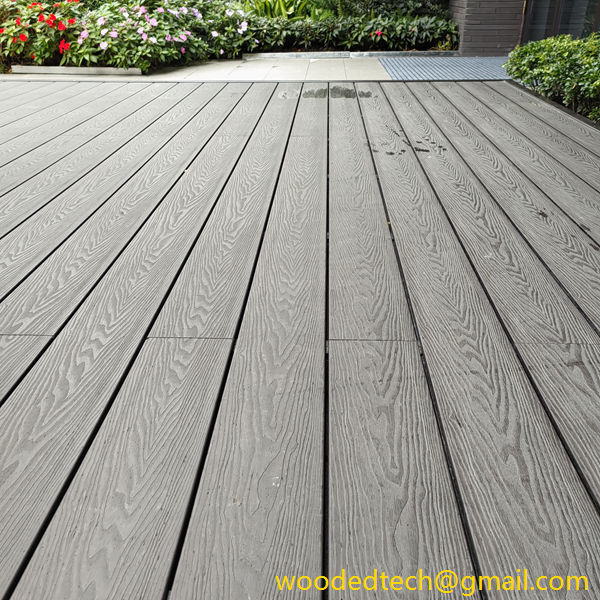
Moreover, WPC eco decking is designed to be slip-resistant, making it a safe option for families with children and pets. The textured surface provides traction, reducing the risk of slips and falls, especially in wet conditions. This safety feature adds to the appeal of WPC for outdoor spaces such as patios, decks, and pool areas, where safety is a primary concern for homeowners.
Another noteworthy benefit of WPC eco decking is its resistance to pests and insects. Traditional wood decking is often susceptible to termites and other wood-boring insects, which can cause significant damage over time. WPC, on the other hand, is impervious to these pests, providing homeowners with peace of mind regarding the longevity of their investment. This pest resistance further enhances the durability of WPC, making it a reliable choice for outdoor applications.
In addition to its many practical benefits, WPC eco decking can also contribute to energy efficiency. The material’s thermal properties allow it to remain cooler underfoot compared to traditional wood surfaces. This characteristic can help reduce heat absorption in outdoor areas, making them more comfortable during hot summer months. By creating a more pleasant outdoor environment, homeowners can extend their use of outdoor living spaces throughout the year.
WPC eco decking can also be integrated with other sustainable practices to create truly eco-friendly outdoor living spaces. For instance, homeowners can pair WPC with solar lighting, rainwater harvesting systems, or permeable paving solutions to enhance sustainability. These combinations can further reduce the environmental impact of outdoor spaces while promoting a harmonious relationship with nature.
As the demand for sustainable products continues to rise, the market for WPC eco decking is expected to grow significantly. Manufacturers are continually innovating and improving the quality and aesthetics of WPC products, making them more appealing to consumers. This trend indicates a shift towards more environmentally responsible building materials, which is critical as we face the challenges of climate change and resource depletion.
In conclusion, WPC eco decking offers a multitude of benefits that make it an ideal choice for sustainable outdoor living spaces. Its durability, low maintenance requirements, aesthetic versatility, and alignment with eco-friendly values make it a compelling option for homeowners seeking to enhance their outdoor environments. By choosing WPC, consumers not only create beautiful spaces for relaxation and entertainment but also contribute to a more sustainable future. As the market for eco-friendly products continues to expand, WPC eco decking is poised to become a staple in outdoor living design, reflecting the growing commitment to sustainability and environmental stewardship.

